Art Activity books for Class by Myungja Anna KohAdvantages of making your own teaching materials for class Creating personalized teaching materials offers educators a myriad of advantages that contribute to an enriched and effective learning experience. One primary benefit is the ability to tailor content to the unique needs and preferences of students. This customization ensures that the material aligns with their learning styles, interests, and abilities, fostering a more personalized and engaging educational journey. Furthermore, crafting one's teaching materials allows for the incorporation of real-world examples, current events, and relevant case studies. This not only enhances the applicability of the content but also ensures its timeliness and resonance with students. The materials can be dynamically adjusted to reflect changes in the field, making the learning experience more dynamic and connected to the evolving landscape. In addition to relevance, the freedom to choose instructional strategies that suit the class dynamics is a significant advantage. Educators can employ diverse multimedia elements, interactive activities, and varied formats to cater to different learning preferences. This versatility promotes active participation and stimulates a deeper understanding of the subject matter. Moreover, personalized teaching materials empower educators to address specific challenges or gaps in students' comprehension. Through firsthand knowledge of their class's needs, educators can create supplementary resources that reinforce key concepts, offer additional practice, or provide alternative explanations. This targeted approach supports diverse learning needs and promotes a more inclusive educational environment. In essence, the advantages of making one's teaching materials extend beyond customization; they encompass relevance, engagement, and the ability to address specific learning challenges. By investing time and effort into crafting personalized materials, educators contribute to a more vibrant, adaptable, and student-centered learning experience within the confines of the classroom. My experience for students While teaching students, I discovered that it was more difficult than expected in public education to provide children with various forms of art education that combine theory and fun. Especially for students who are talented and need to upgrade their skills, expressions, and levels, uniform education runs the risk of lowering their motivation and preventing them from making further progress. Therefore, various types of educational methods are needed to suit the talents, abilities, and needs of each child. When I teach students, I also focus on this by using textbooks that are referenced or sold in the market or school. However, because students' abilities are not defined enough to be formed within a certain framework, we find that some work well and some do not. For example, even if it is a best-selling textbook on the market, my students may find it boring. In this case, as a teacher, you will need to develop teaching materials that suit your students, adapt them to their needs, and apply teaching methods that suit each individual's personality and talents. This concern was something I constantly had even when I was studying for my master's program. After graduating, I began to focus on developing teaching materials in accordance with my philosophy and thoughts. Currently, I am continuously benchmarking and developing, but I will gradually develop my own style. And as it is applied to educational settings, it will be further supplemented and upgraded. I also find that current independent publishing and various editing and design tools create an environment very suitable for the development of such textbooks. Therefore, if you diligently try to find a way, you can create textbooks that suit each student. Most of the art education I experienced did not have textbooks. In most cases, the teacher will decide on a theme and draw a picture according to that theme, or the teacher will show you a few samples in advance and encourage you to make them in various ways. In some private education markets, teachers demonstrate drawing or help students with difficult parts when drawing. Therefore, when learning art, students vaguely think that they can draw whatever they want without thinking that there is a framework. However, whether it is a study or a technology, there are things you need to learn step by step from basic to master, and only by taking these steps can you reach the level.
However, in art education, these steps are often ignored and introduced haphazardly and schematically without any system. When this happens, students do not grow systematically. Fortunately, these days, the production process and methods are well introduced on YouTube and blogs, so students learn basic skills by watching these shots rather than in art class. While teaching children, I always feel the importance of art materials. In this sense, I think we need to continue to develop teaching materials that are suitable for children.
0 Comments
Leave a Reply. |
Myungja Anna KohArtist Categories
All
Archives
July 2024
|
Proudly powered by Weebly

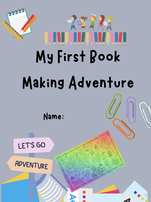
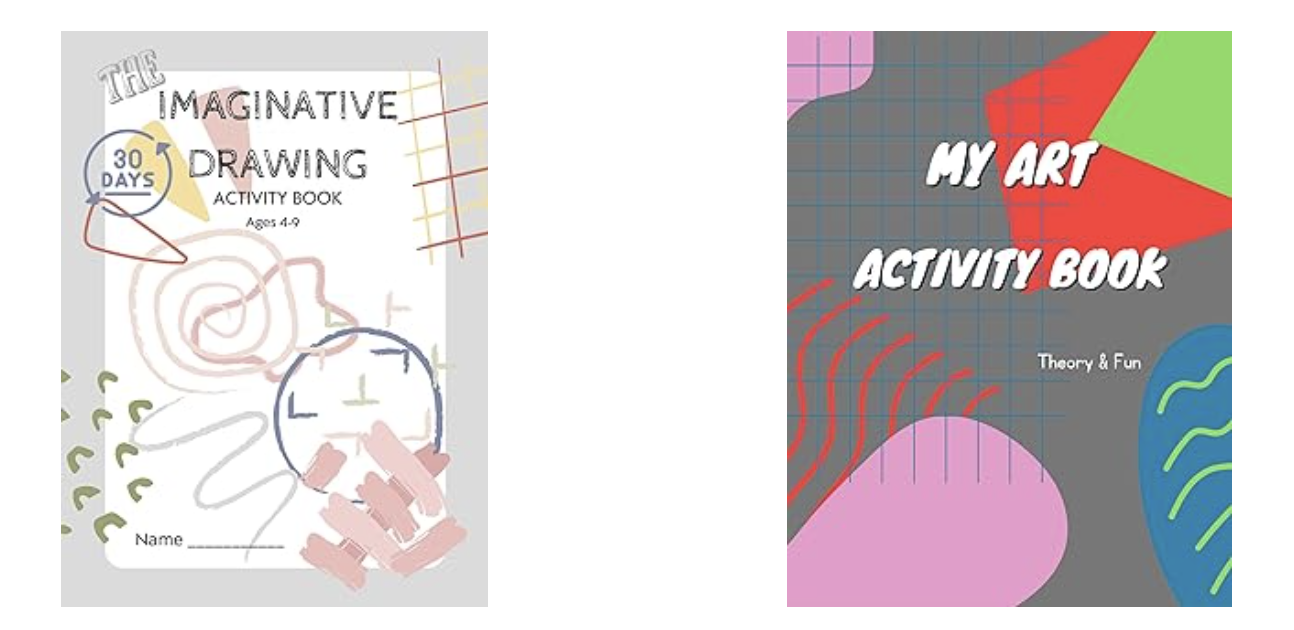
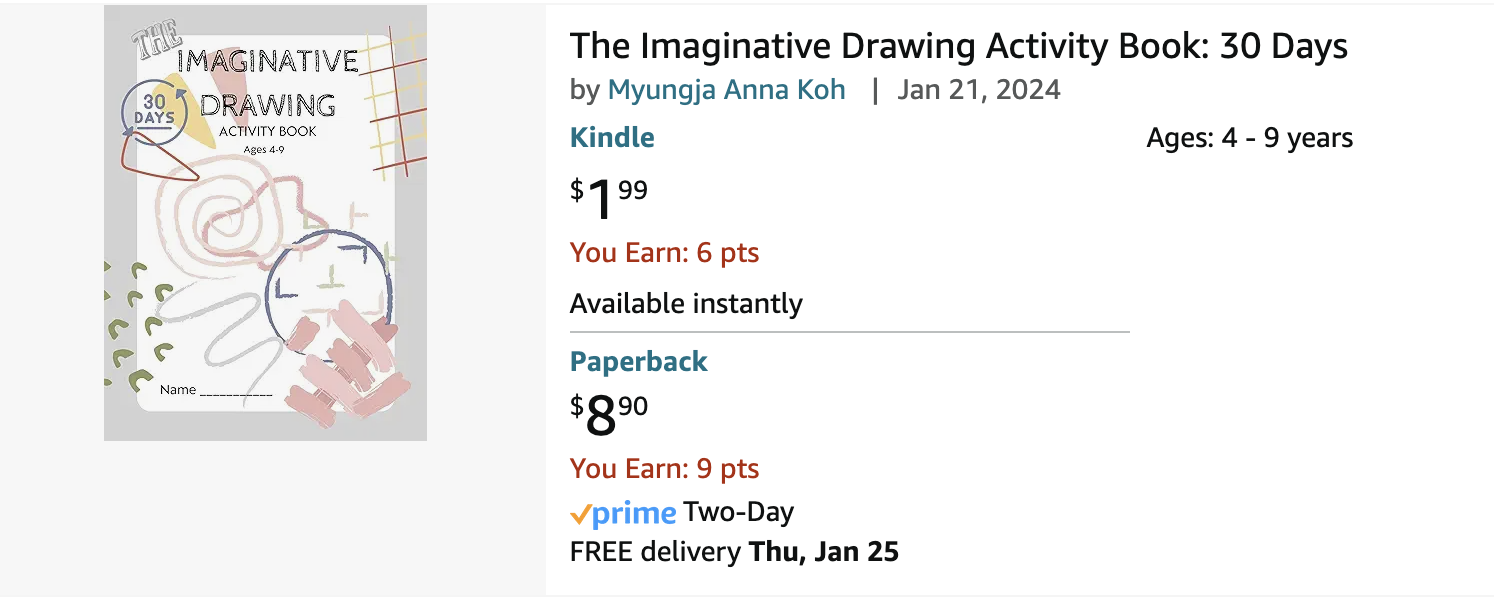
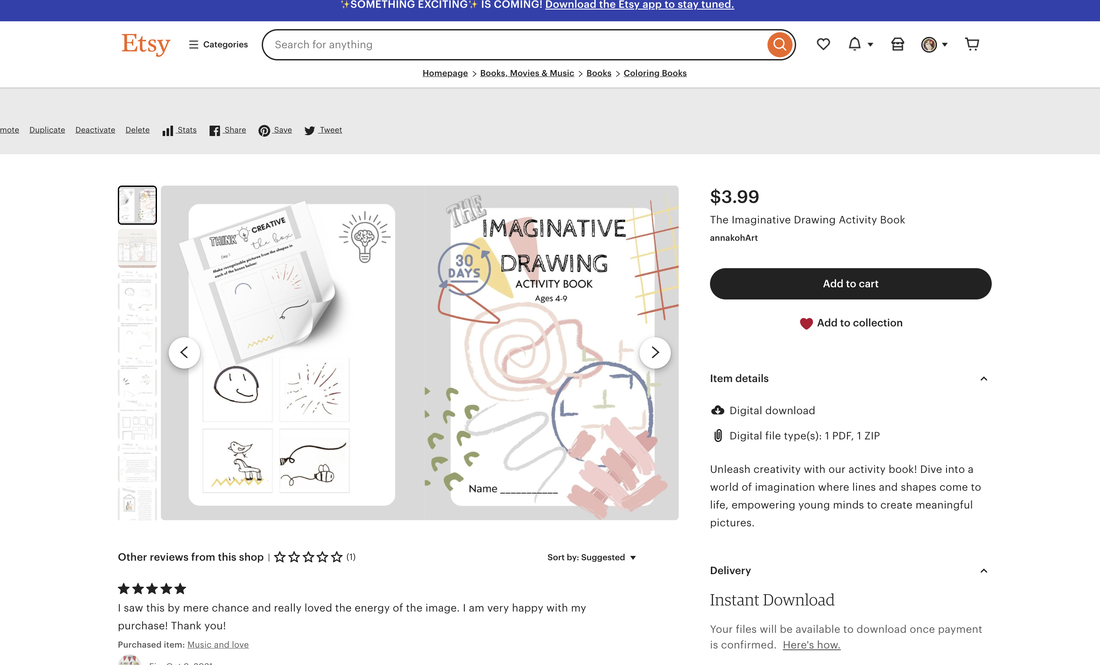

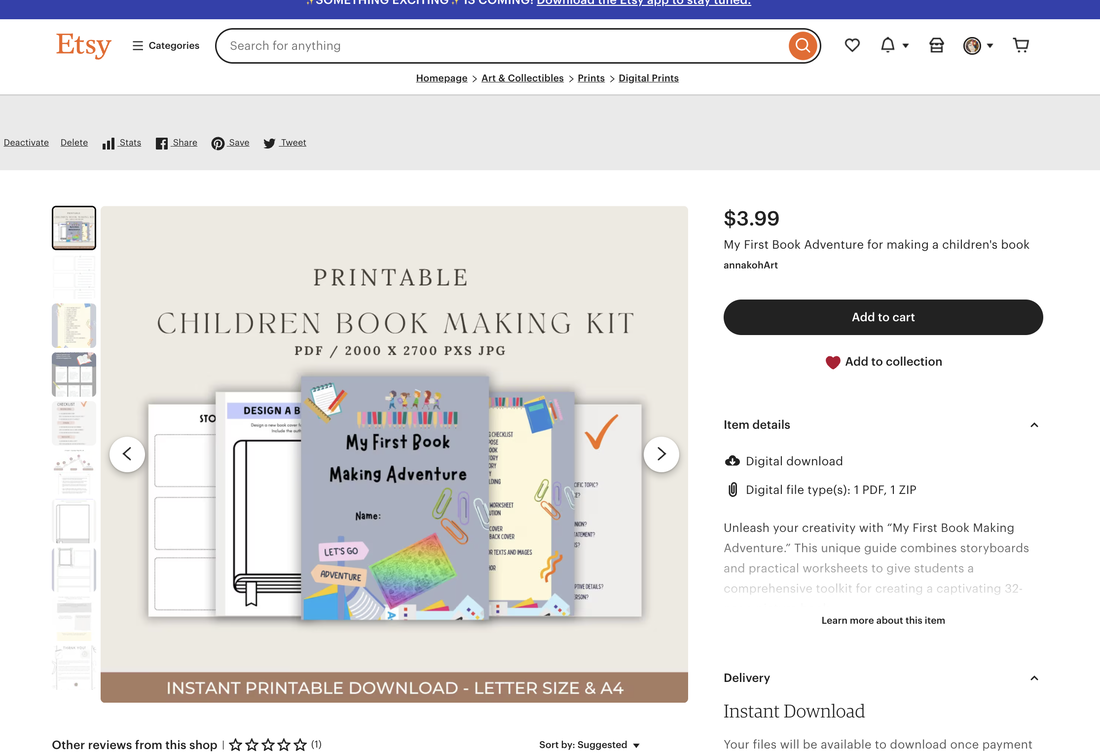
 RSS Feed
RSS Feed